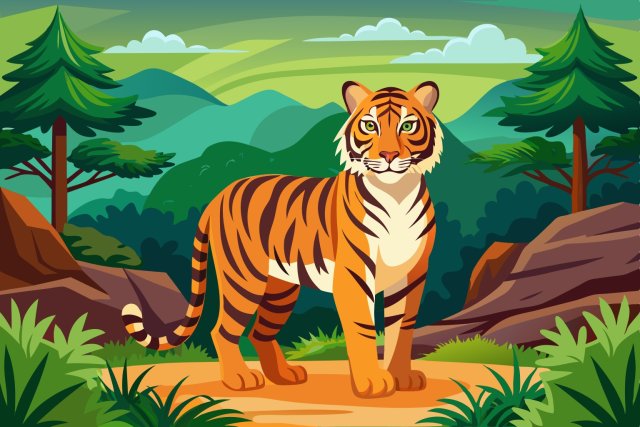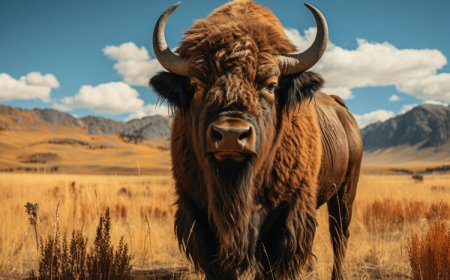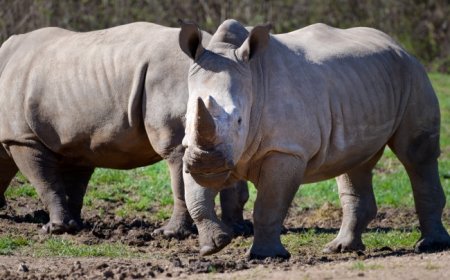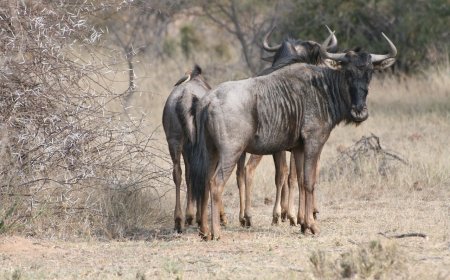All About Tigers for Students: Striped Hunters of the Jungle
Discover the power and beauty of tigers in this educational article for students. Learn about their habitats, hunting skills, adaptations, and why they need our protection. Includes fun facts, vocabulary, and a quiz!

📚 Scientific Name and Classification
- Common Name: Tiger
- Scientific Name: Panthera tigris
- Family: Felidae (cat family)
- Genus: Panthera (which includes lions, leopards, and jaguars)
Tigers (Panthera tigris) are the largest of the big cats, captivating people for centuries with their striking orange coats, black stripes, and powerful presence. Found historically across much of Asia—from the snowy forests of Siberia to the mangrove swamps of India’s Sundarbans—tigers once roamed over one million square kilometers. Today, fewer than 4,000 wild tigers remain in fragmented pockets across 13 countries, making them an icon of wildlife conservation.
Taxonomy and Subspecies
All living tigers belong to the genus Panthera and species tigris, but scientists recognize six subspecies in the wild (with the Javan and Balinese tigers extinct):
- Bengal tiger (P. t. tigris): India, Bangladesh, Nepal, Bhutan
- Siberian (Amur) tiger (P. t. altaica): Russian Far East
- Indochinese tiger (P. t. corbetti): Southeast Asia
- Malayan tiger (P. t. jacksoni): Malay Peninsula
- South China tiger (P. t. amoyensis): critically endangered, very few remain
- Sumatran tiger (P. t. sumatrae): endemic to the Indonesian island of Sumatra
Each subspecies has adaptations to its environment, such as thicker fur and larger size in the Siberian tiger to withstand frigid winters, or darker, narrower stripes in the Sumatran tiger for camouflage in dense rainforest undergrowth.
Anatomy and Physiology
A tiger’s muscular body can reach lengths of up to 3.3 meters (including tail) and weigh as much as 300 kg in males, with females typically 20–30% smaller. Their powerful forelimbs and retractable claws enable tigers to wrestle prey to the ground, while their strong jaws and canine teeth deliver a fatal bite to the neck or throat. Beneath the familiar orange-and-black coat lies striped skin, unique to each individual like human fingerprints.
Tigers possess remarkably acute senses: their night vision is six times better than a human’s, and their hearing can detect the faint rustle of a deer venturing too close. Although solitary hunters, tigers communicate across miles through scent markings, scratch marks on trees, and low-frequency roars that can travel over 2 kilometers.
Habitat and Diet
Tigers require large territories—anywhere from 20 to 1,000 square kilometers—depending on prey density. They thrive in a variety of habitats:
- Tropical rainforests: Sumatran tigers stalk wild pig and deer in dense undergrowth.
- Mangrove swamps: Bengal tigers in the Sundarbans swim between islands to ambush water buffalo.
- Temperate forests: Siberian tigers patrol snow-covered landscapes in search of elk and boar.
Their diet is carnivorous and opportunistic; a single tiger can consume up to 40 kg of meat in one meal, though most kills weigh 50–250 kg. Tigers typically ambush prey, using cover to approach within 20–30 meters before a swift dash and powerful pounce.
Reproduction and Lifespan
Tigers reach sexual maturity at around 3–4 years of age. After a gestation of approximately 104 days, a tigress gives birth to a litter of 2–4 cubs in a secluded den, such as a cave or thicket. Cubs are born blind and rely entirely on their mother’s milk and protection for the first two months. By six months, they begin to follow her on hunts, learning essential survival skills. Subadults disperse to establish their own territories at around 2 years old. In the wild, tigers live 10–15 years; in captivity, with veterinary care, they may live into their early 20s.
Threats and Conservation
The greatest threat to tigers is habitat loss—deforestation and human encroachment have reduced their range by over 90% in the past century. Tigers also face poaching for their skins, bones, and other body parts used in traditional medicine and as status symbols. Further pressures include prey depletion, as overhunting of deer and wild boar leaves tigers with little to eat, and human–wildlife conflict, when tigers prey on livestock and provoke retaliation.
Conservation efforts focus on:
- Protected areas: Creating and managing tiger reserves with strict anti-poaching patrols.
- Corridor establishment: Linking fragmented habitats so tigers can disperse and maintain genetic diversity.
- Community engagement: Working with local people to reduce livestock losses and provide alternative livelihoods.
- Global policies: Strengthening laws against wildlife trade and supporting international treaties like CITES.
Successful programs in India and Russia have shown that strong political will, adequate funding, and community involvement can stabilize—or even increase—tiger populations.
📚 Vocabulary List
Subspecies A division of a species with distinct traits, often geographically separated
Territory Area an animal defends against others of its species
Gestation The period of development within the womb from conception to birth
Ambush A surprise attack from a hidden position
Poaching Illegal hunting or capturing of wild animals
Carnivorous Feeding exclusively on meat
Fur The thick hair covering the body of some mammals
Conservation Efforts to protect and preserve wildlife and their habitats
Prey Animals hunted and eaten by predators
Corridor A protected strip of habitat that connects wildlife areas
🧒 Kid-Friendly Summary
Tigers are the biggest cats on Earth, with orange coats and black stripes that make them look like walking shadows in the forest. They live in places as cold as snowy Siberia and as wet as India’s mangrove swamps. Tigers eat deer, boar, and even water buffalo, and they usually hunt alone at night. Baby tigers, called cubs, stay with their mom in hidden dens until they learn to hunt themselves. People are cutting down forests and hunting tigers for skins, so there are only a few thousand left in the wild. But by making safe parks, keeping forests connected, and helping villagers get other jobs, people are working to save these amazing animals so kids today—and tomorrow—can still see real tigers.
🎯 Interactive Quiz: What Do You Know About Tigers?
What is the scientific name for the tiger?
a) Panthera leo
b) Panthera tigris
c) Panthera pardus
d) Panthera onca
Which tiger subspecies lives in snowy forests?
a) Bengal tiger
b) Sumatran tiger
c) Siberian tiger
d) Indochinese tiger
How do tigers usually catch their prey?
a) By chasing in long sprint
b) By ambushing from hiding
c) By herding with others
d) By digging pits
What is the biggest threat to tiger survival?
a) Climate change
b) Habitat loss and poaching
c) Competition with lions
d) Lack of water
How long is a tiger’s gestation period?
a) About 60 days
b) About 90 days
c) About 104 days
d) About 120 days
What special pattern do tiger cubs inherit?
a) Spots like cheetahs
b) Unique stripe patterns
c) Solid color coat
d) No hair at birth
Which conservation tool helps tigers move between forests?
a) Breeding centers
b) Wildlife corridors
c) Zoo exhibits
d) Feeding stations
What superpower do tigers have at night?
a) Invisibility
b) Night vision six times better than humans
c) Flying short distances
d) Breathing underwater






















































